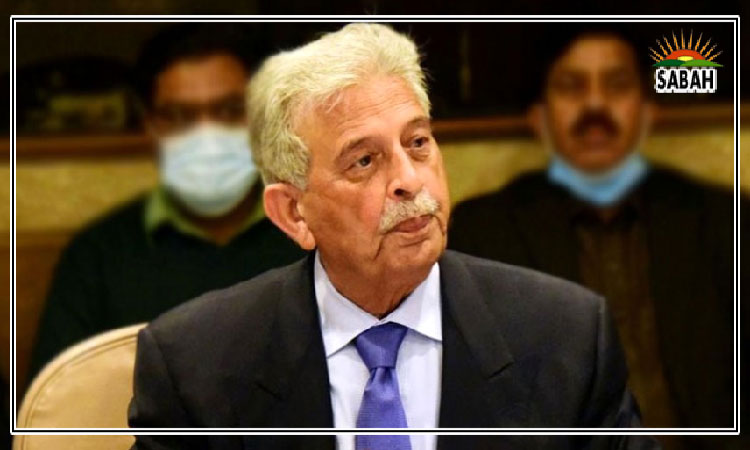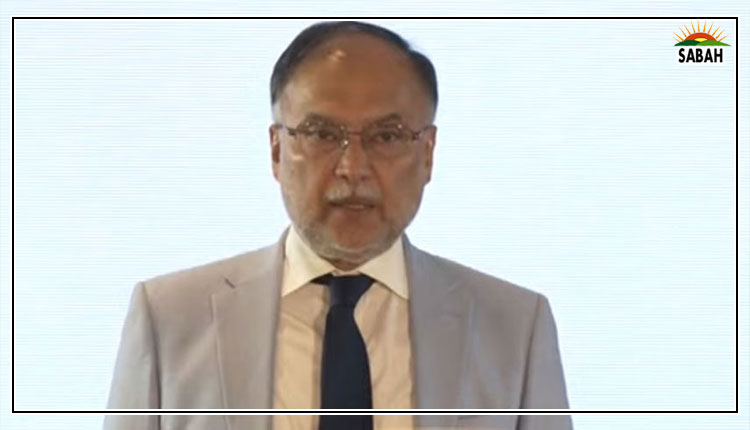The fast-track solar paradox…Ammar Qaseem
Three months ago, in a major attempt to generate affordable electricity, the new government unveiled its policy for fast-track development of solar photovoltaics (PV) projects at an investors conference with strong incentives including exemption on all import duties and taxes and a 70 per cent dollarised indexation on tariff. The government also promised provision of land, interconnection and mandatory purchase of all power produced for 25 years. While the fast-track procurement of 10,000 MW of solar PV is an ambitious initiative with regards to substituting fossil fuel-generated electricity, the approach has a number of major problems.
First and foremost, the fast-track policy to procure renewables violates the primacy of the Indicative Generation Capacity Expansion Plan which is the power sectors central national planning document, akin to its constitution. The IGCEP is prepared by the National Transmission and Despatch Company on a yearly basis to plan all power capacity additions to the national grid for the next 10 years. It selects projects based on a rigorous data modelling and least cost optimisation exercise through the state-of-the-art generation planning software, PLEXOS. In its latest version, the IGCEP 2022-31, almost 18GW of wind and solar PV have been optimised for addition to the grid by 2031, of which nearly 66pc is solar PV. This massive renewable energy (RE) capacity is to be procured through annual competitive bidding or auctions, as specified by the Alternative & Renewable Energy (ARE) Policy 2019. While developers and investors have been waiting for these auctions for more than four years now, none have taken place so far. Rather than addressing this delay and participating through IGCEP, the governments fast-track policy has created an entirely new category for RE projects, seeking a way around the national planning process.
Introduction of such fast-track initiatives by the federal government to ensure timely addition of affordable RE into the national electricity grid is clear evidence that the power sector institutions have failed to deliver on their mandate. Auctions for cheap RE continue to be delayed while dollar-bought expensive fossil fuels continue to burn. RE costs today have fallen well below Rs10 per unit while some of the more expensive thermal plants continue to cost more than four to five times that amount. Moreover, even these exorbitant tariffs do not reflect the true cost of fossil fuels which includes capacity payments, paid regardless of power off-take, costing the nation Rs721 billion in FY 2021-22 alone. In the oft-repeated words of chairman, Nepra, we are literally burning dollars to generate electricity for the consumer. Yet the continuous delay in RE auctions continues to cost the nation dearly and the fast-track mindset, seeking to circumvent this institutional impairment, only endorses the laziness of institutions and the status quo.
The biggest problem with the fast-track approach is perhaps its impact on investors. It is ironic that the government chose to unveil this so-called panacea for the power sector crisis at an investors conference, yet forgot the category III investors whose projects have been waiting for competitive bidding by the relevant agencies for four years now despite directions by the Cabinet Committee on Energy to conduct auctions. Some of the category III projects had even been approved and awarded tariff, the lowest in the countrys history, but were deferred by the power division to instead participate through auctions in accordance with the ARE policy which had recently been drafted. Yet auctions never took place and when they finally did in the form of the fast-track initiative, these investors were ignored altogether. Investor confidence is a delicate matter and once shaken, takes years to recover. The fast-track mindset only adds to this distrust and market volatility.
Global auction experience has also shown that massive amounts of RE are best procured in distributed chunks steadily over several years as lessons are incorporated from subsequent auction rounds and the trust of local market is gained through reliable signalling. Attempts to procure massive amounts of RE all at once are more indicative of an anxious mindset than timely and reliable planning and, instead of fostering the larger ecosystem of investors and developers, sets the market back by decades. The result is a continuation of boom and bust cycles of energy procurement which stall the development of domestic markets and keep the sector dependent on a few large corporations and foreign supply chains.
It is also sad that the fast-track solar PV policy is being publicised under the name of promoting indigenous energy sources, whereas the truth is that with a 70pc dollarised indexation of tariff the Pakistani citizen will be forced to buy the nations own indigenous sources of energy as a dollar indexed import. Our massive dollar dependency and debt burden will continue to grow for decades to come unless we start prioritising local markets, supply chains and investment.
At the same time this fast-track initiative is fraught with internal contradictions. The power sectors own CTBCM initiative foresees a fully liberal and competitive market with flexible bilateral contracts between buyers and sellers within a few years, whereas the fast-track initiative offers 25-year energy purchase agreements with guarantees of mandatory off-take. We are still paying penalties for similar long-term contracts with thermal IPPs in the past and it is time we learnt a lesson.
While the IGCEP may have its own deficiencies, it cannot be sidestepped. Investor confidence and market perception cannot be ignored. Far more than quick additions to electricity capacity, Pakistans national electricity policy envisions a developed market, active participation of the private sector, local value creation and socioeconomic advancement. Both the government and the power sector must recognise this vision, learn from their past mistakes and prioritise consistent policies if they wish to find a permanent way out of this electricity crisis and towards a stable economy.
Courtesy Dawn











